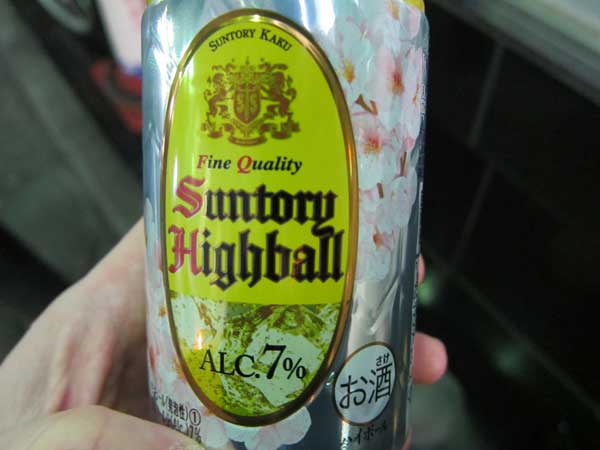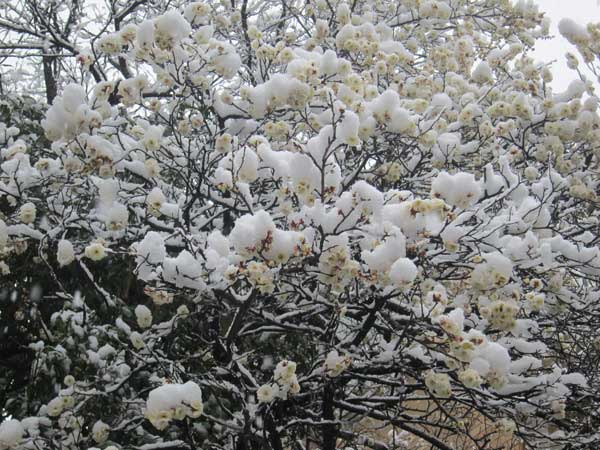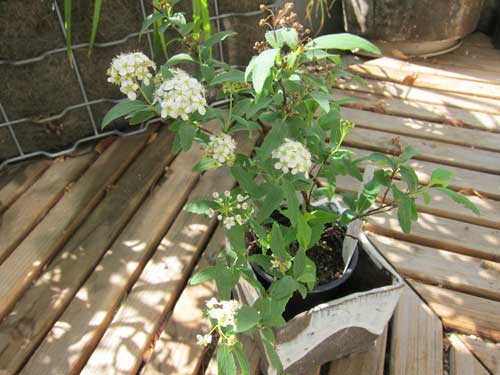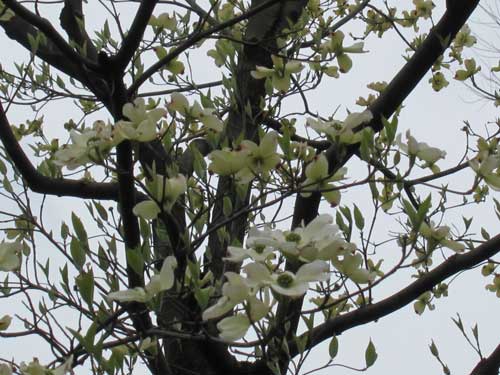
井ノ頭公園が花見を中止するというのは、本当でしょうか。先が見えないので、みんなが不安で落ち着かないようです。
My friend Matt sent me this intricate sakura weather map: it shows the updated forecast for the start of cherry blossoms across the Japanese archipelago. Even if you can’t read Japanese, it’s impressive to see how much weather forecasting amplifies cherry blossom season.
Today I also heard from Twitter’s @Matt_Alt that there are big signs at Inokashira park Big asking visitors to refrain from holding cherry blossom viewing parties there. This is one of Tokyo’s most famous parks, and one of the most popular places for young people to celebrate spring with all night and all day drinking parties.
It’s now just over two weeks after the horrific natural and man-made disaster that began with the East Japan great earthquake. With looming energy shortages, national mourning for the dead, and continued fears about nuclear fallout, Tokyo life will not be the same. Yet it is still impossible to fully know what will emerge in the coming months and years.
Will these events increase or reverse Japan’s hyper-urbanization? How will people respond to new concerns about food and water safety? Can the government and industry regain trust and provide leadership? How can civil society contribute to rebuilding the country and restoring Japan’s international reputation?
And can public spaces and local businesses flourish in a time of anxiety and uncertainty?















